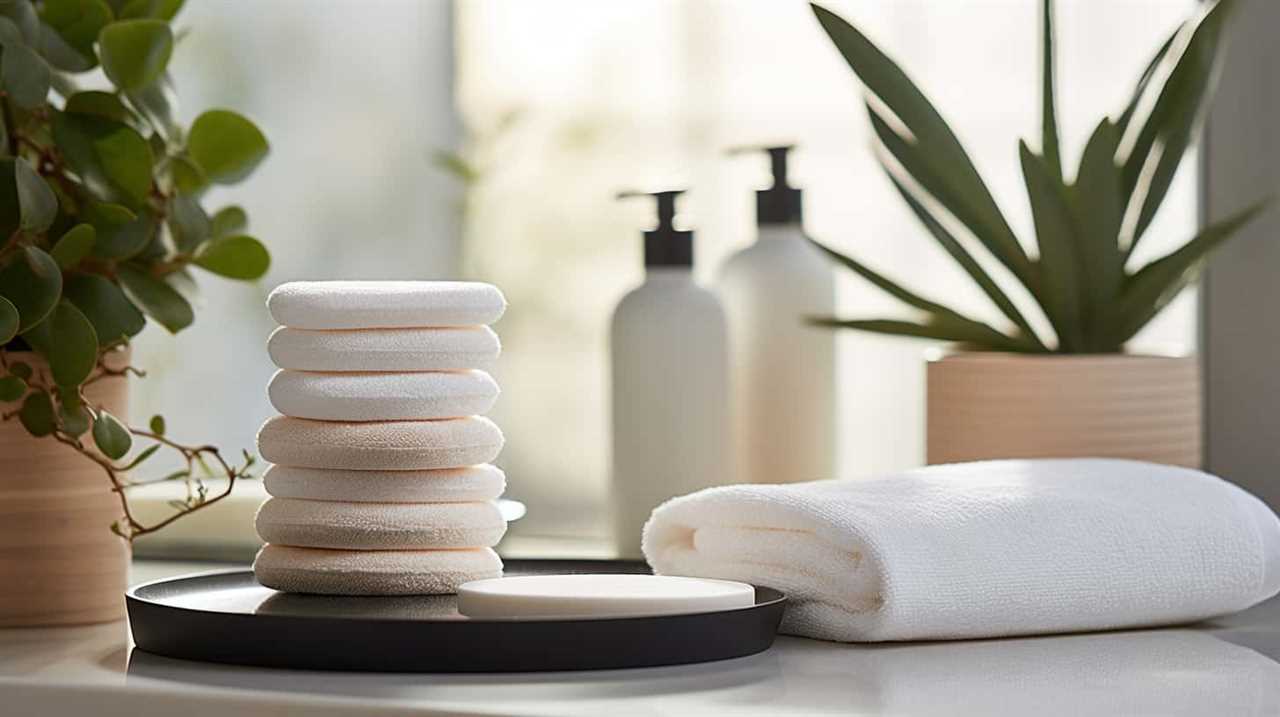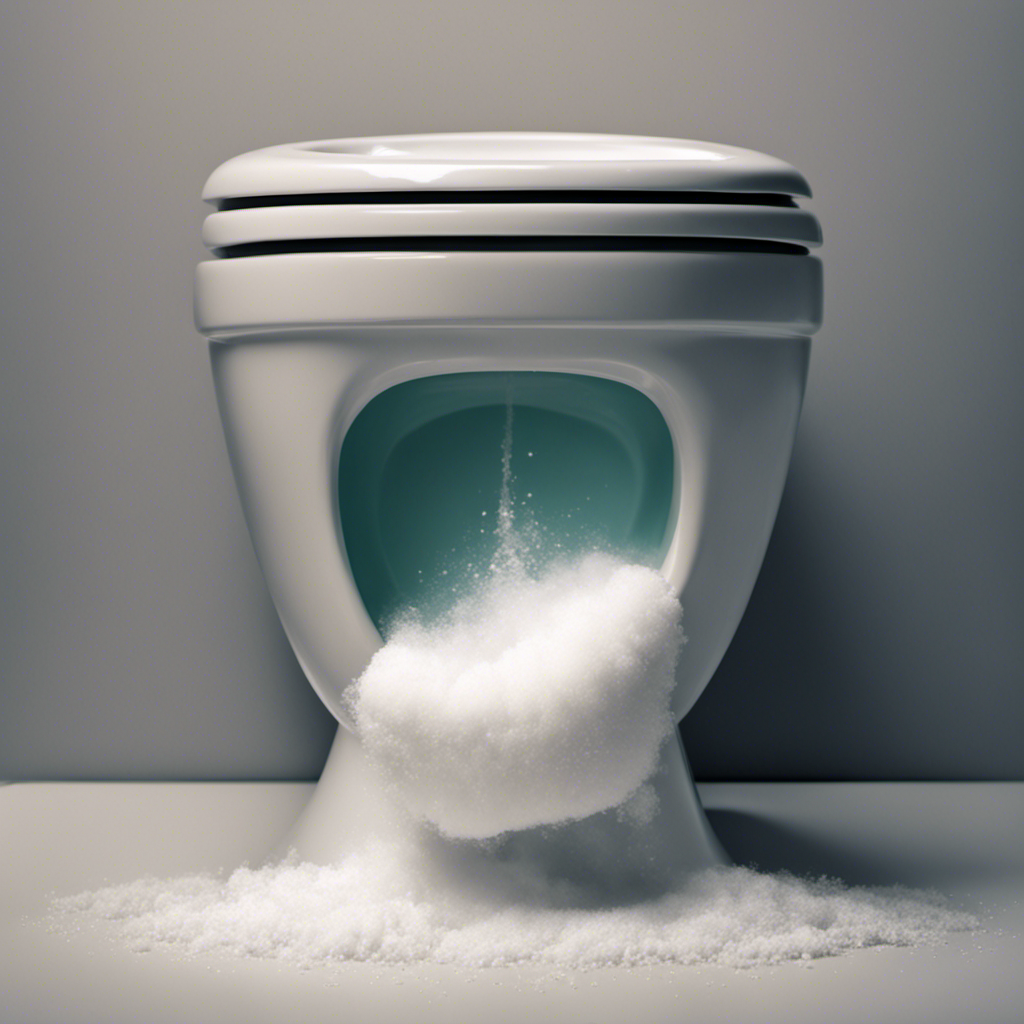Are you curious about whether it is safe to dispose of cat feces in the toilet? We have the information you need.
In this article, we’ll explore the environmental impact and health risks associated with this practice. We’ll also provide alternatives to flushing cat waste and proper disposal methods.
By the end, you’ll have the knowledge to make the right choice for both you and the environment. So, let’s dive in and discover the facts about flushing cat poo.
Key Takeaways
- Flushing cat waste can contribute to sewage contamination and water pollution.
- Cat feces may contain the parasite Toxoplasma gondii, which can survive wastewater treatment and infect marine life.
- Flushing disrupts the natural decomposition process and harms aquatic organisms.
- There are alternative methods for cat waste disposal, such as using biodegradable cat litter made from recycled materials or composting cat waste using a specialized system or local facility.
Environmental Impact of Flushing Cat Poop
Flushing cat poop down the toilet can have significant environmental consequences. When cat waste is flushed, it enters the sewage system, where it can contribute to sewage contamination and water pollution. The main issue lies in the fact that cat feces often contain a parasite called Toxoplasma gondii, which can survive the wastewater treatment process and end up in bodies of water. Once in the water, this parasite can infect marine life and pose a threat to their health.
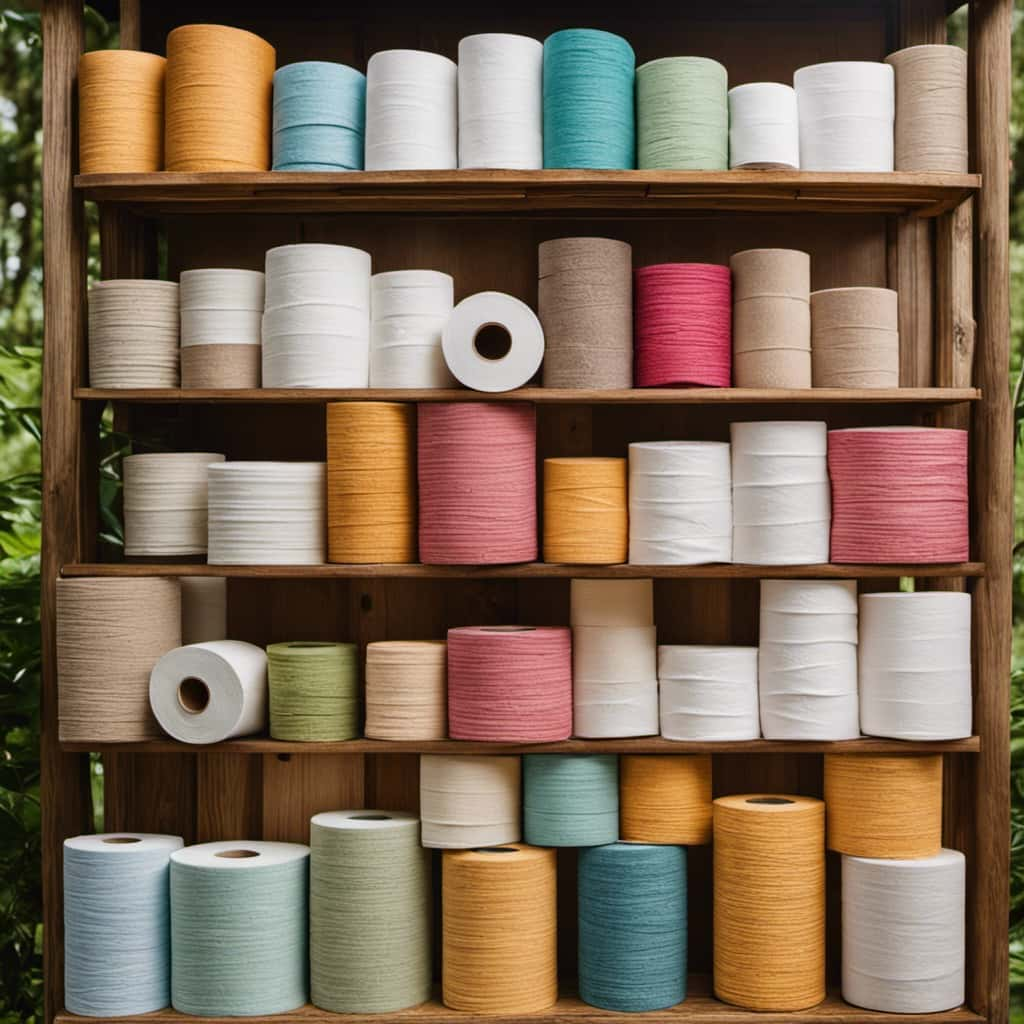
Furthermore, when cat waste is flushed, it bypasses the natural decomposition process that occurs when it’s disposed of in a litter box. This can disrupt the balance of ecosystems and harm aquatic organisms. Therefore, it’s crucial to find alternative methods for disposing of cat waste to avoid these negative environmental impacts.
Transitioning to the subsequent section about health risks associated with flushing cat waste, it’s important to note that these environmental consequences also have implications for human health.
Health Risks Associated With Flushing Cat Waste
When we flush cat waste down the toilet, we expose ourselves to potential health risks. Flushing cat poop may seem convenient, but it poses sanitation concerns that can impact our well-being.
Here are three health risks associated with flushing cat waste:

- Toxoplasmosis: Cat feces may contain the parasite Toxoplasma gondii, which can cause flu-like symptoms and pose serious risks to pregnant women and individuals with weakened immune systems.
- Water contamination: Flushing cat waste introduces harmful pathogens into our water systems, increasing the risk of contamination and potentially spreading diseases.
- Asthma and allergies: Cat dander, found in feces, can trigger allergic reactions and exacerbate asthma symptoms in susceptible individuals.
To protect our health and promote proper sanitation, it’s recommended to dispose of cat waste in a dedicated litter box, sealed bag, or specialized composting system. This ensures proper containment and reduces the risk of exposure to harmful pathogens.
Alternatives to Flushing Cat Poo
To ensure proper sanitation and reduce health risks, we can explore alternative methods for disposing of cat waste. One eco-friendly option is to use biodegradable and compostable cat litter made from materials like recycled paper, wood, or corn. These litter options are not only better for the environment but also safer for flushing or composting. Another alternative is composting cat waste. Composting allows the waste to break down naturally and can be done using a specially designed composting system or by partnering with a local composting facility. However, it is important to note that not all cat waste can be composted, as certain parasites and bacteria may survive the process. Always follow proper guidelines and consult with experts to ensure safe and effective composting of cat waste.
| Eco-Friendly Litter Options | Composting Cat Waste |
|---|---|
| Biodegradable and compostable litter made from recycled materials | Use a composting system or partner with a local facility |
| Made from materials such as recycled paper, wood, or corn | Certain parasites and bacteria may not be fully destroyed |
| Environmentally friendly and safe for flushing or composting | Follow proper guidelines and consult experts for safe composting |
| Reduces waste and promotes sustainability | Dispose of waste responsibly to prevent environmental contamination |
Proper Disposal Methods for Cat Waste
As we continue our discussion on cat waste disposal, it’s important to consider proper methods for its disposal to ensure sanitation and minimize health risks.
Here are three effective ways to dispose of cat waste:
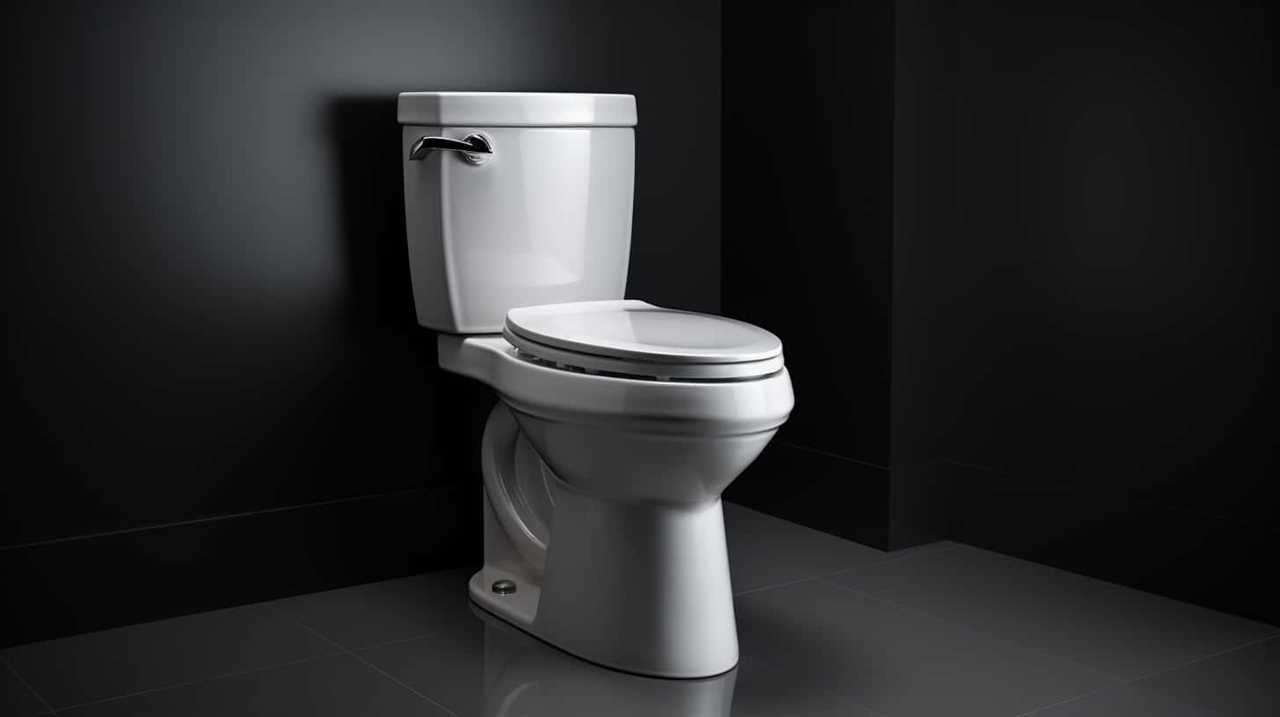
- Composting cat waste: Composting is a natural process that converts organic matter into nutrient-rich soil. By using a designated composting system and following specific guidelines, you can safely compost cat waste. This method not only reduces landfill waste but also produces valuable fertilizer for your garden.
- Using biodegradable cat litter: Opting for biodegradable cat litter made from natural materials like pine, corn, or wheat can make waste disposal easier and more eco-friendly. These litters break down naturally over time, reducing environmental impact.
- Contacting waste management facilities: Some waste management facilities accept cat waste for specialized treatment. These facilities have the necessary equipment and processes to handle and dispose of cat waste properly.
Conclusion: Making the Right Choice for You and the Environment
In conclusion, we should prioritize making the right choice for our own well-being and the environment when it comes to cat waste disposal. It’s crucial to make informed decisions that take into account both our personal needs and environmental responsibility.
While the convenience of flushing cat poop down the toilet may seem appealing, it’s important to consider the potential consequences. Flushing cat waste can introduce harmful pathogens and parasites into the water system, posing a risk to human health and the environment.
Instead, opting for proper disposal methods like scooping and bagging cat waste for landfill disposal or using biodegradable litter can be more environmentally responsible alternatives.
Frequently Asked Questions
Can I Flush Cat Litter Down the Toilet?
Flushing cat litter can harm the environment due to its potential to contaminate water sources. Instead, consider using biodegradable litter and disposing of it in a sealed bag in the trash.
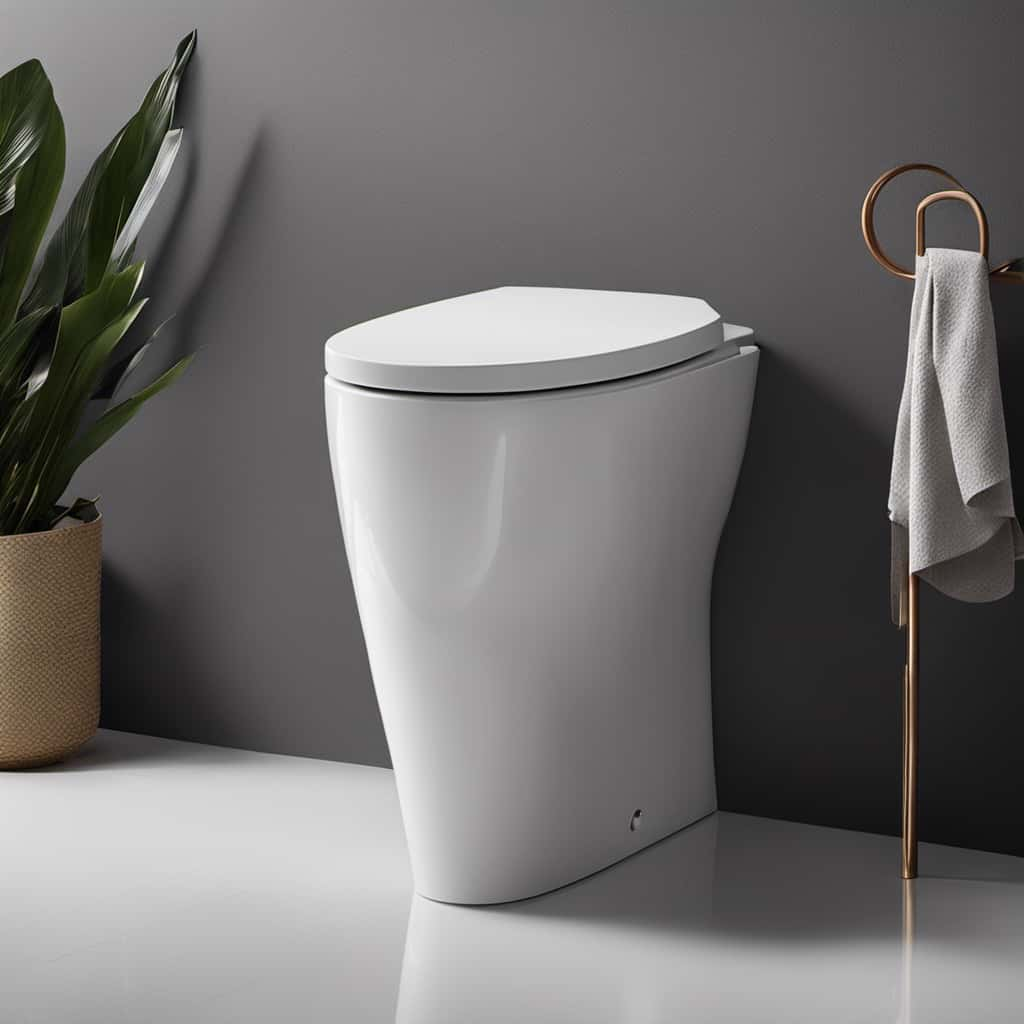
What Are the Risks of Flushing Cat Waste for Septic Systems?
Flushing cat waste can pose risks of septic contamination and impact groundwater quality. It’s important to consider alternative disposal methods, such as composting or using biodegradable litter, to minimize environmental impacts and protect our water sources.
Is It Safe to Flush Cat Waste if I Have a Composting Toilet?
Yes, it is safe to flush cat waste if you have a composting toilet. It helps with composting toilet maintenance and reduces the need for alternative cat waste disposal methods.
Are There Any Legal Restrictions on Flushing Cat Poop in Certain Areas?
There may be legal restrictions on flushing cat poop in certain areas due to environmental impact. It’s important to research local regulations and consider alternative disposal methods to ensure compliance and protect the environment.
Can Flushing Cat Poop Contribute to Water Pollution?
Flushing cat poop can contribute to water pollution and have a negative environmental impact. It’s important to consider water contamination and the potential harm it can cause.
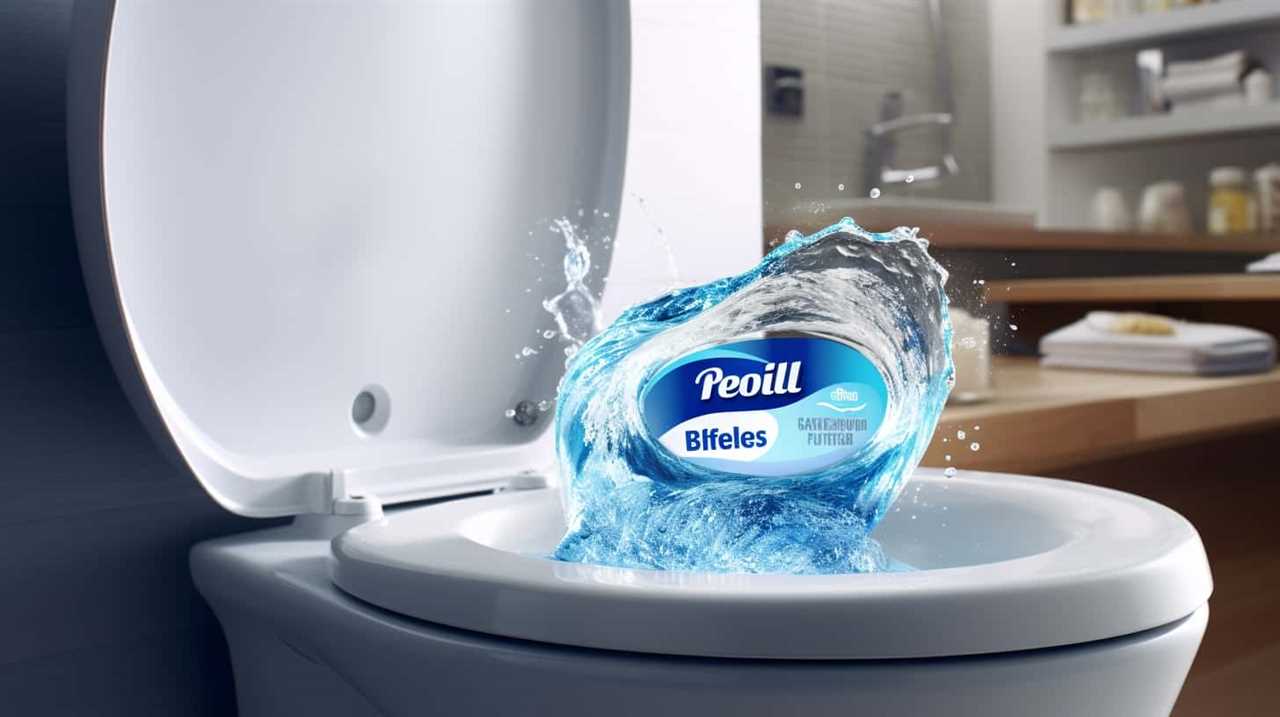
Conclusion
In conclusion, it isn’t advisable to put cat poo down the toilet. Flushing cat waste can have negative environmental impacts, such as contaminating waterways and harming aquatic life.
Additionally, there are health risks associated with flushing cat waste, as it can spread harmful bacteria and parasites.
It’s important to explore alternative disposal methods, such as using biodegradable litter or burying the waste in the backyard.
Making the right choice for both you and the environment is crucial for a cleaner and safer world.
